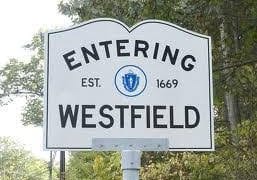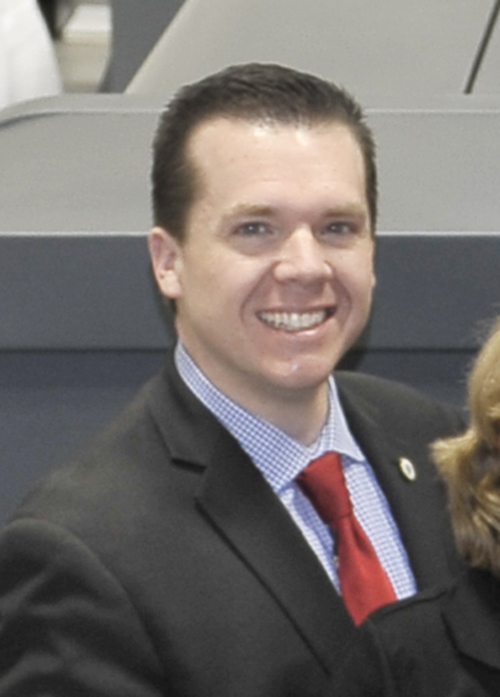WESTFIELD – The City Council will continue a public hearing tonight on the residential shift and its deliberation of setting the shift factor, a major part of the formula to set property taxes.
Mayor Daniel M. Knapik is providing another piece of the formula to set the taxes in a request to use stabilization money to buffer all tax classes.
Knapik is submitting a request to the City Council to appropriate $1,316,892 “to be used to reduce the 2013 (fiscal year) tax levy.”
Another major part of the tax formula is included in Knapik’s communication with the City Council, the recommended increase in the tax levy. Under state law, Knapik can submit an increase of up to 2 1/2 percent, but this year is seeking an increase of 1 1/2 percent.
The City Council approved the city’s budget in June when many of the financial numbers, such as free cash and stabilization, are not known. Then the tax rate is set several months later and must generate sufficient revenue to support the budget as approved in June.
The June budget is based on a number of fiscal projections because the state budget is usually not set in stone when the council has to act on the city budget. Among those projections are the new growth in all property classes, local revenue for other sources and the assumption of the tax increase under Proposition 2 1/2.
A number of other factors, such as state unrestricted aid, Chapter 70 funding for schools, Chapter 90 funding for road, sidewalk and drainage work, motor vehicle excise tax revenue, new growth (property improvements made in the last fiscal year and included as taxable property for the first time) and the increase in the tax, under Proposition 2 1/2 are not clearly identified in June when “assumptions” are used to build the municipal budget.
One assumption was that Gov. Deval Patrick would not substantially cut state unrestricted aid or Chapter 70 money, until he announced his intention to do just that earlier this week with a plan to cut $225 million, a number that includes cuts to local aid and education.
Another assumption in crafting the 2013 budget, which started on July 1, 2012, is that the taxes would increase the full 2 1/2 percent allowed under Proposition 2 1/2, the 1 1/2 percent that Knapik is presenting.
The City Council will take all of those factors under consideration tonight, as well as comments from residents and businesses, when it debates the residential shift.
The city has a bifurcated tax structure, with one rate for residential property and a second rate for commercial, industrial and personal (CIP) property. A residential factor of 1.00 would set one tax rate of $19.76 per $1,000 of value for all property classes. As the shift increases residential tax rates, per $1,000 of value, fall and commercial, industrial and personal property rates increase.
The shift of 1.63 used last year to calculate the tax rate resulted in a residential tax rate of $16.16 per $1,000 of value and a rate of $30.29 per $1,000 of value for commercial, industrial and personal property.








